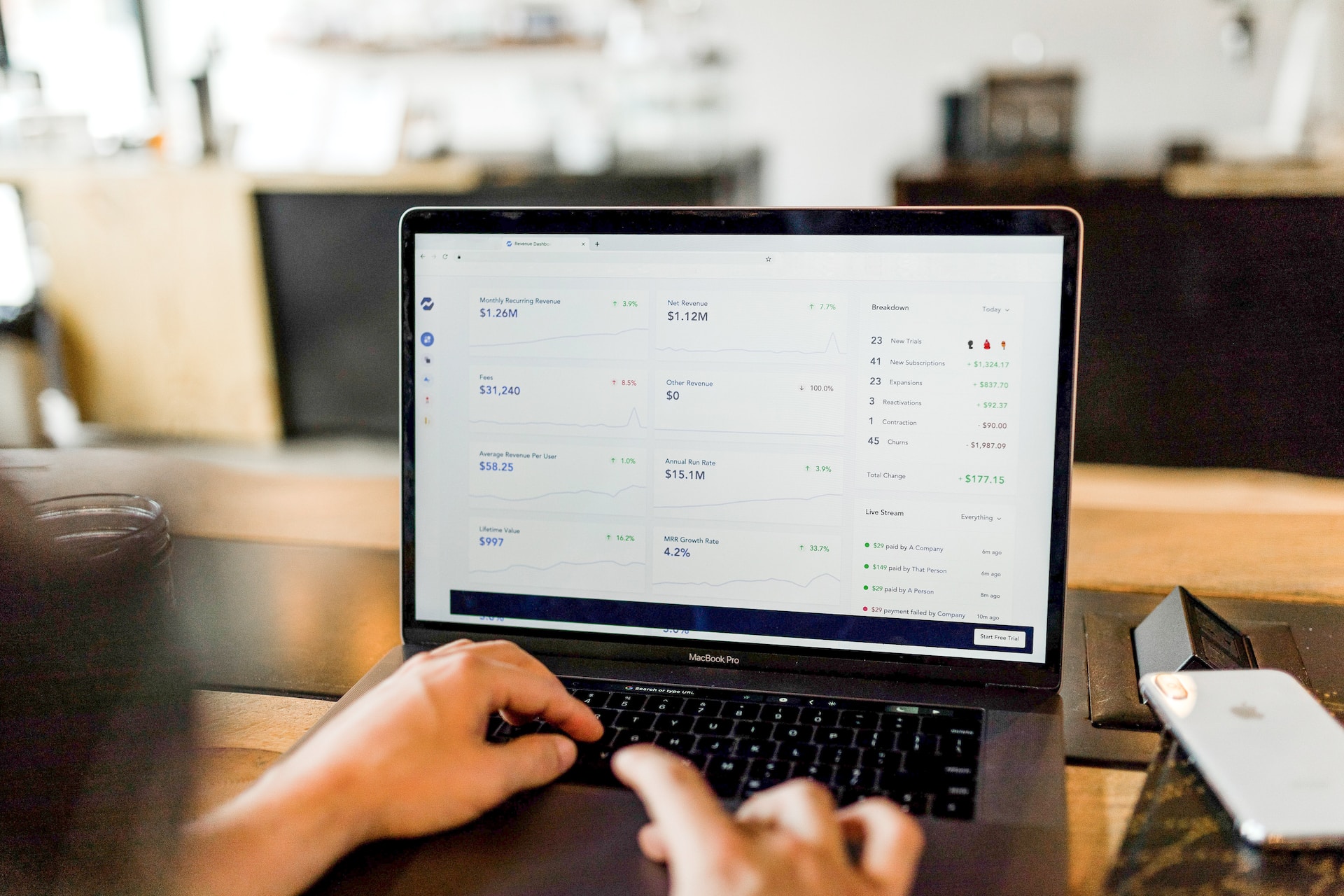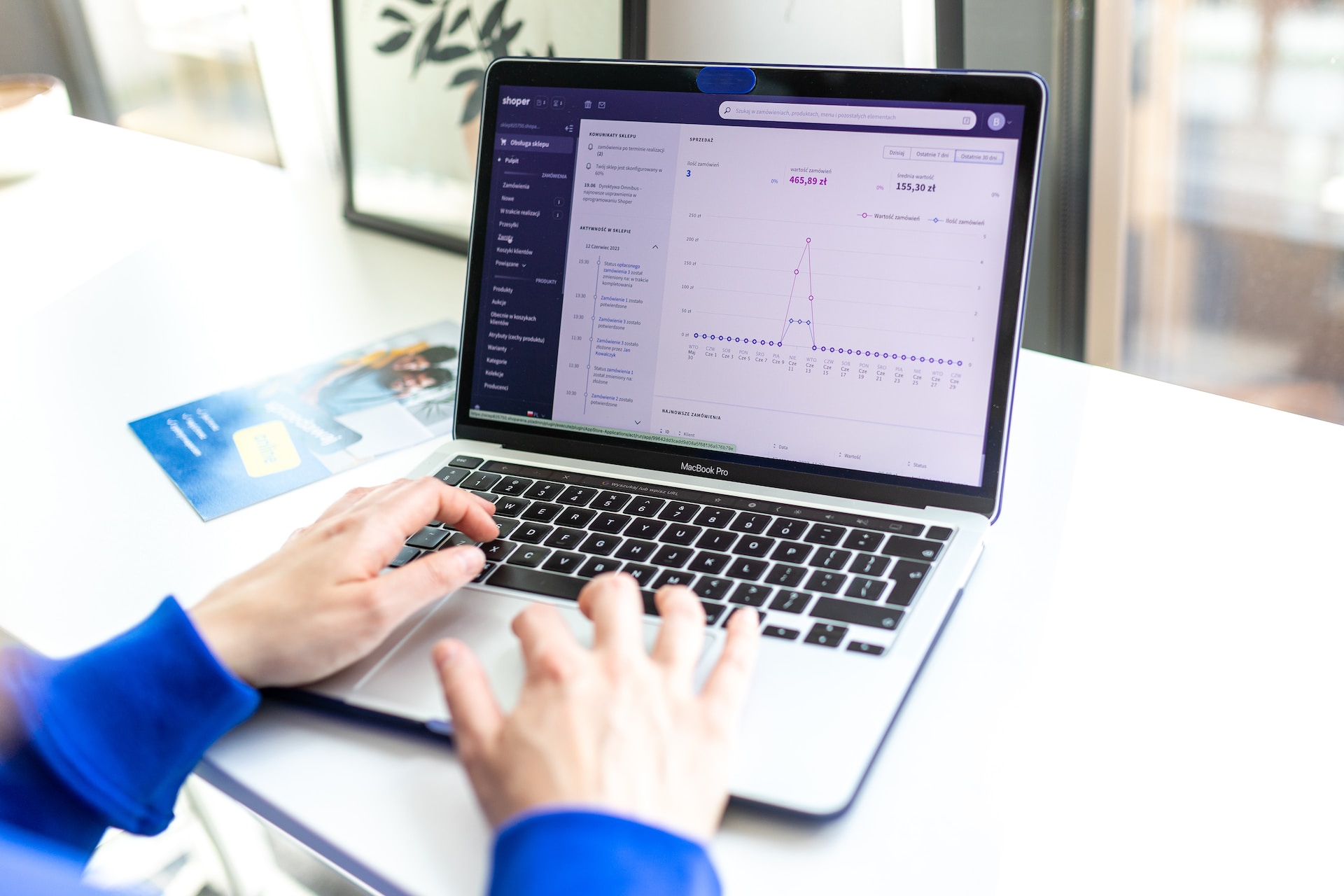Google Shopping is a powerhouse for e-commerce businesses, but harnessing its full potential requires a keen understanding of its features and a well-planned approach. This article goes beyond the basics to provide specific tactics on how to optimize your Google Shopping campaigns for maximum profitability.
Step 1: Fine-tune Your Google Merchant Center Account
Before diving into campaign creation, ensure your Google Merchant Center account is set up correctly.
- Claim and verify your website: This step authenticates your website as an associated property of your account.
- Set up shipping settings: Customize shipping costs and times within Google Merchant Center to reflect your own shipping policies accurately.
- Configure tax settings: Ensure you are compliant with tax regulations for the locations you’re selling to.
Step 2: Optimize Your Product Data Feed
The quality of your product data feed is crucial for the performance of your Google Shopping campaigns.
- Use product identifiers: Include GTIN, MPN, and brand attributes to enhance your product’s discoverability.
- Keyword-rich titles: Include primary keywords within the first 70 characters of product titles.
- High-resolution images: Use images with at least 800 x 800 pixels resolution and ensure they are on a white background.
Step 3: Integrate Google Ads Account
- Link your accounts: Connect your Google Ads account to the Merchant Center.
- Set shared budgets: This allows you to allocate a portion of your budget to different campaigns more efficiently.
Step 4: Develop Shopping Campaigns
- Campaign priorities: Set campaign priorities (low, medium, or high) to control which campaigns you want Google to favor.
- Location targeting: Adjust location settings to target customers in specific areas where your products are in demand.
Step 5: Employ Strategic Bidding
- Enhanced Cost Per Click (ECPC): Utilize ECPC to automatically adjust your manual bids for clicks that seem more likely to lead to a sale.
- Device-specific bids: Set different bids for desktop, mobile, and tablet based on performance data.
Step 6: Optimize for Mobile Devices
- Accelerated Mobile Pages (AMP): Implement AMP to ensure fast loading times for your product pages on mobile devices.
- Use swipeable images: Add multiple images that users can swipe through on mobile devices.
Step 7: Leverage Google Analytics
- Create custom dashboards: Build custom dashboards in Google Analytics to monitor specific metrics related to Google Shopping campaigns.
- Set up e-commerce tracking: This will allow you to track transactions and revenue from your Google Shopping campaigns.
Step 8: Manage and Promote Customer Reviews
- Use product review feeds: Submit this feed to Google Merchant Center to display reviews from your website.
- Incentivize reviews: Offer small incentives for customers to leave reviews.
Step 9: Employ Competitive Analysis Tools
- Use Google Auction Insights: See how your Shopping ads perform compared to other advertisers participating in the same auctions.
- Employ third-party tools: Utilize tools like PriceLab to monitor competitors’ prices and strategies.
Step 10: Continual Testing and Optimization
- A/B testing for images: Continuously test different product images to see which ones perform best.
- Custom labels for seasonality: Use custom labels to segment your inventory based on seasonal trends.
Price Monitoring and Google Shopping: The Winning Combination
An important aspect of utilizing Google Shopping effectively is price monitoring. The e-commerce market is dynamic, and prices fluctuate due to various factors including demand, competition, and stock levels. Knowing the prices of competitors’ products helps you to price your own products more competitively without sacrificing profitability.
- Dynamic Market: Staying competitive requires you to be aware of market changes and adjust your prices accordingly.
- Competitive Edge: Knowledge of competitors’ pricing allows you to strategically position your products.
- Consumer Behavior: Customers are likely to compare prices before making a purchase. Competitive pricing increases the likelihood of making a sale.
- Optimized Pricing Strategy: Price monitoring tools enable data-driven insights for creating an optimized pricing strategy that balances competitiveness and profitability.
- Stock Management: Market price awareness aids in better stock management and demand forecasting.
- Data-Driven Decisions: Price monitoring tools provide historical data on price changes, invaluable for informed pricing strategies for Google Shopping campaigns.
Is Google Shopping Worth It?
For e-commerce businesses, Google Shopping can be an incredibly worthwhile investment. Given Google’s prominence as a search engine, Shopping ads can significantly increase product visibility. Moreover, these ads are displayed to users actively looking to make a purchase, and thus they often have higher conversion rates compared to other forms of online advertising.
However, achieving success with Google Shopping requires strategic planning and optimization. This includes employing high-quality images, optimizing product titles and descriptions, and utilizing price monitoring tools to ensure your pricing remains competitive.
As we’ve explored, Google Shopping is a vast, evolving platform. The strategies that work today may need adjustments tomorrow. Stay vigilant, keep an eye on emerging trends, and never stop learning. The e-commerce landscape is exciting and holds countless possibilities. Are you ready to unlock the full potential of your business with Google Shopping? Keep innovating and embrace the growth that lies ahead.





